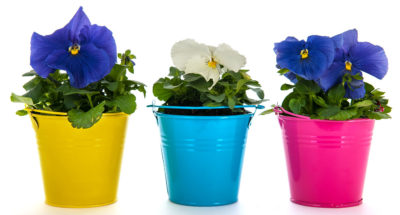
Seeing the Good in Others
Students discuss how others have “filled their buckets”—said or done something to lift them up—and then practice filling each others’ buckets. (Gratitude for Tweens and Teens Lesson 3)

Students discuss how others have “filled their buckets”—said or done something to lift them up—and then practice filling each others’ buckets. (Gratitude for Tweens and Teens Lesson 3)
Students will:
Think about a time when someone filled your bucket (brought you joy) or when you filled someone else’s. How did it make you feel?
Notes:
Thanks! A Strengths-Based Gratitude Curriculum for Tweens and Teens developed by Dr. Giacomo Bono and Yvonne Huffaker, in partnership with the Greater Good Science Center and the John Templeton Foundation. Slide design by Susan Mangan and Rachel Baumsteiger.
Do you notice whether students are using their strengths more intentionally after doing this practice? Are they acknowledging other students’ strengths?
A four-year longitudinal study of mainly middle class white students found that high school students with higher levels of gratitude were better at getting along with their peers. Indeed, they were less likely to hit, tease, gang up on, threaten, or gossip about other students, and were better behaved in school, in general.
Strong peer relationships are crucial to students’ academic success and well-being, and, in turn, build positive school climates. Expressing gratitude can be a powerful method for cultivating these relationships, mainly because, as a social and moral emotion, gratitude shows others that they matter and also encourages people to reciprocate kindness.

Do you want to dive deeper into the science behind our GGIE practices? Enroll in one of our online courses for educators!
Comments